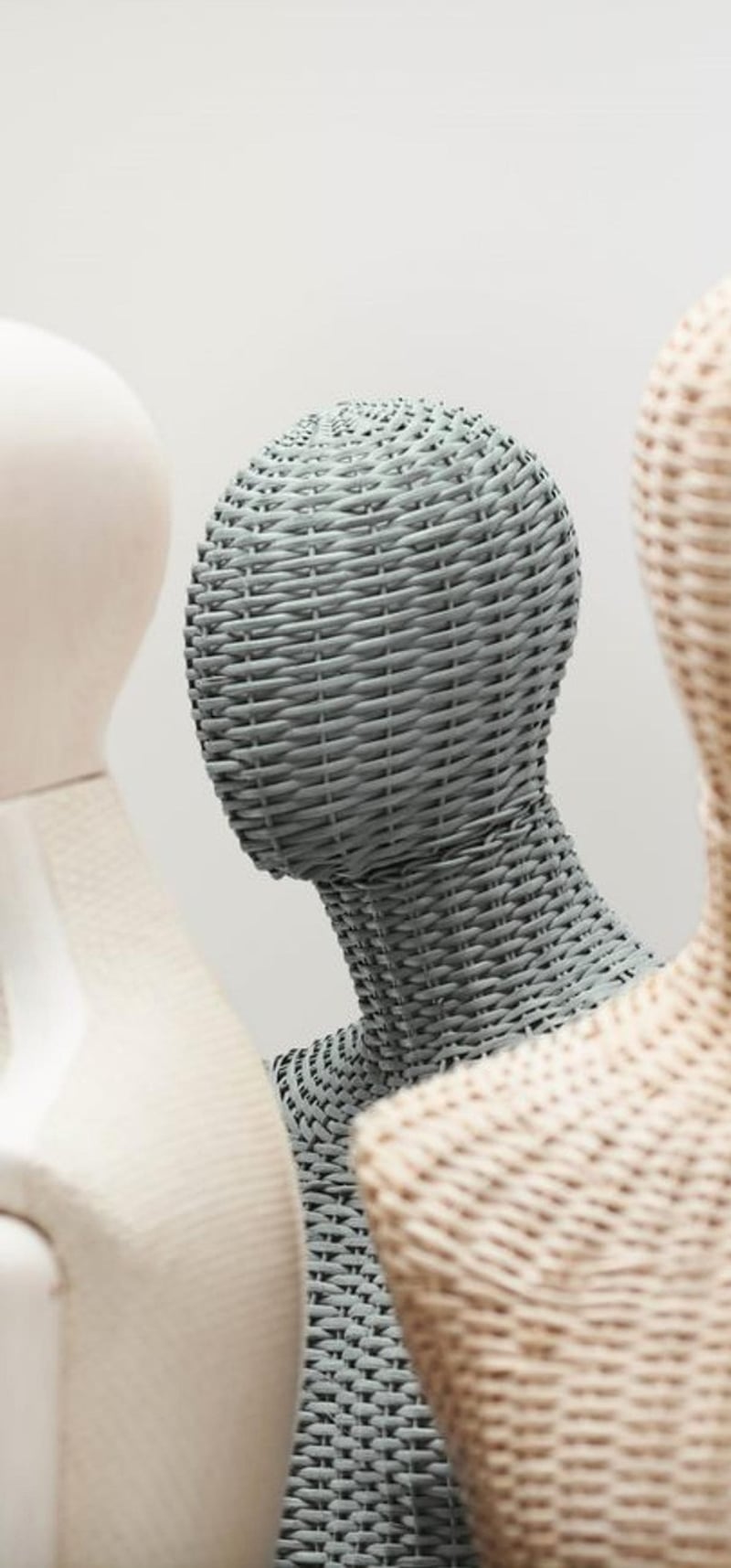Sustainable Fashion
Transforming Garments and Accessories Sustainably
In the realm of fashion, sustainability has become a prominent focus for brands and consumers alike. The movement towards sustainable fashion involves not only the production of new clothing and accessories but also the transformation and upcycling of existing garments and materials. This shift towards a more eco-friendly approach is essential in combating the environmental impacts of the fashion industry.
The Importance of Sustainable Fashion
Sustainable fashion aims to reduce waste, minimize the use of natural resources, and decrease the carbon footprint associated with clothing production. By transforming garments and accessories sustainably, individuals and businesses can contribute to a healthier planet and a more ethical industry.
Ways to Transform Garments and Accessories Sustainably
There are various creative ways to repurpose and upcycle clothing and accessories, giving them a new lease on life while reducing the demand for new items. Some popular methods include:
- 1. Clothing Swaps: Host or participate in clothing swap events to exchange items with others, giving your old garments a new home.
- 2. DIY Projects: Get crafty and transform old clothing into new pieces by sewing, dyeing, or embellishing them.
- 3. Accessory Upcycling: Turn old scarves into headbands, transform jeans into bags, or repurpose jewelry into new designs.
- 4. Creative Patching: Use patches or embroidery to cover stains or tears on clothing, adding a unique touch to your garments.
Benefits of Transforming Garments Sustainably
By embracing sustainable fashion practices and transforming garments and accessories, individuals can enjoy several benefits:
- 1. Reduced Waste: By extending the life of clothing and accessories, less items end up in landfills.
- 2. Unique Style: Upcycled pieces often have a one-of-a-kind look, allowing individuals to express their creativity.
- 3. Cost-Effective: Transforming existing items is often more affordable than purchasing new clothing, saving money in the long run.
- 4. Environmental Impact: By reusing materials and reducing the need for new production, the environmental footprint of fashion is minimized.
Join the Sustainable Fashion Movement
Whether you're a fashion enthusiast looking to revamp your wardrobe or a brand aiming to adopt more sustainable practices, transforming garments and accessories sustainably is a step in the right direction. Embrace creativity, resourcefulness, and a commitment to eco-conscious choices to make a positive impact on the fashion industry and the planet.

Image source: Pixabay
